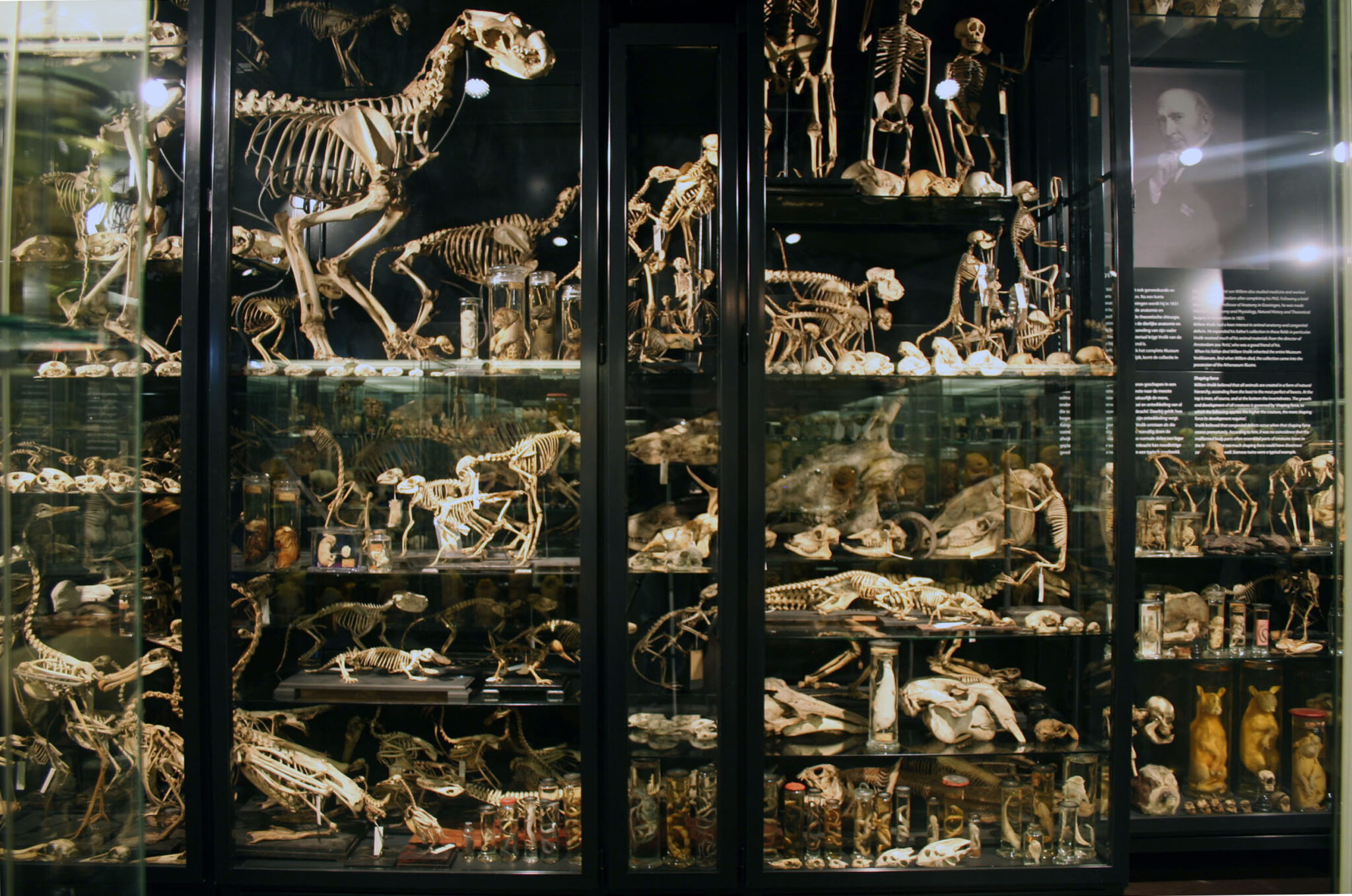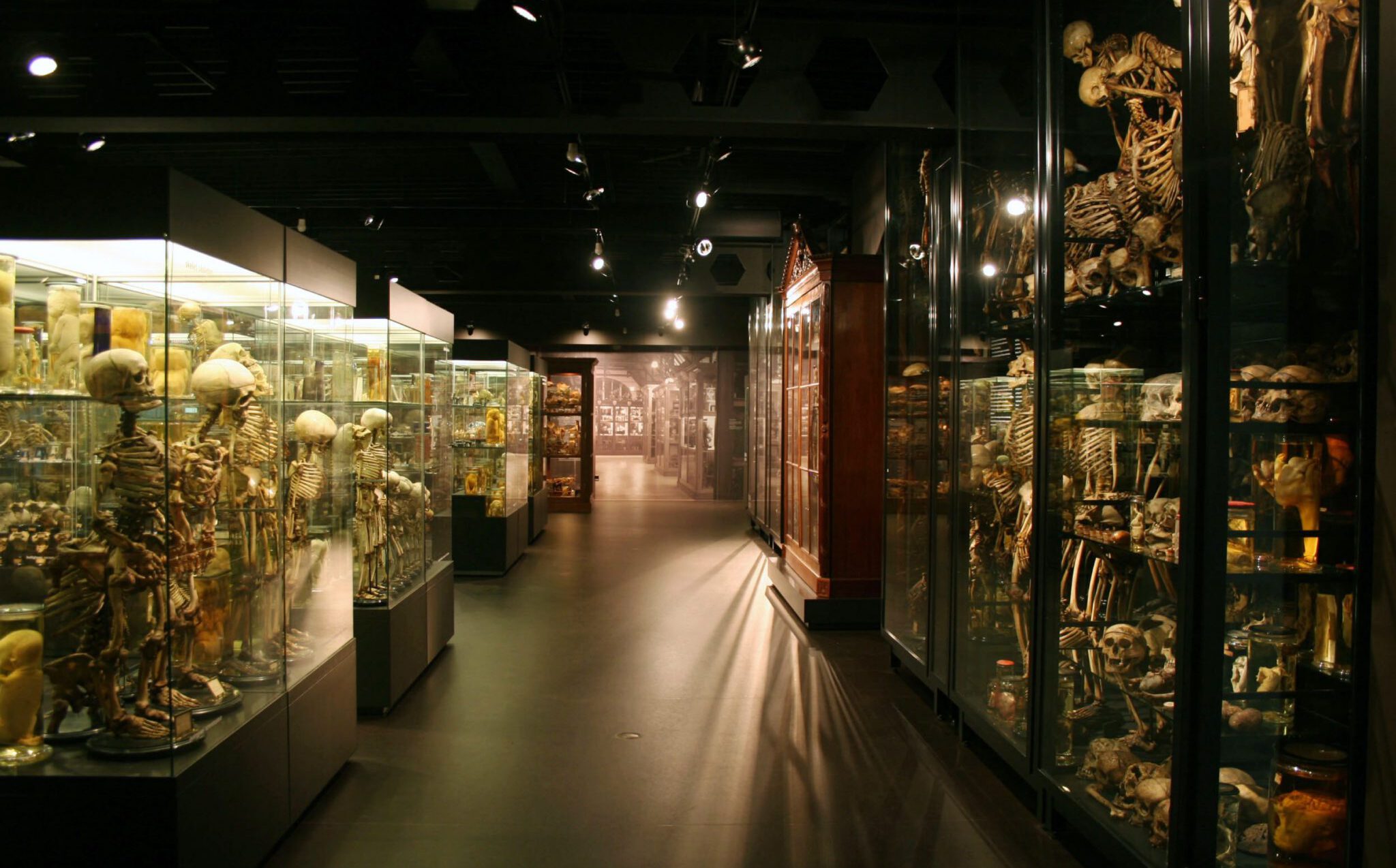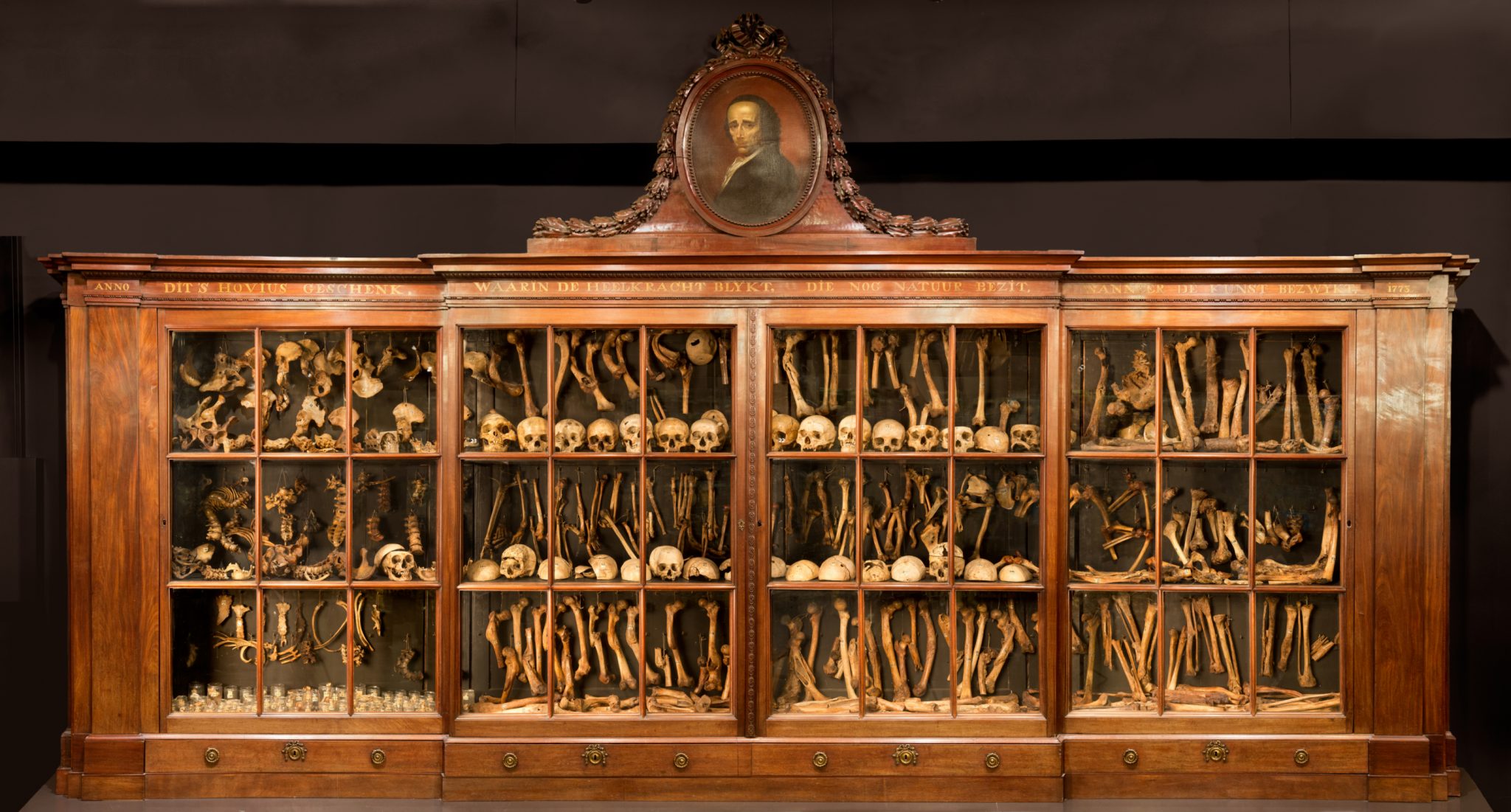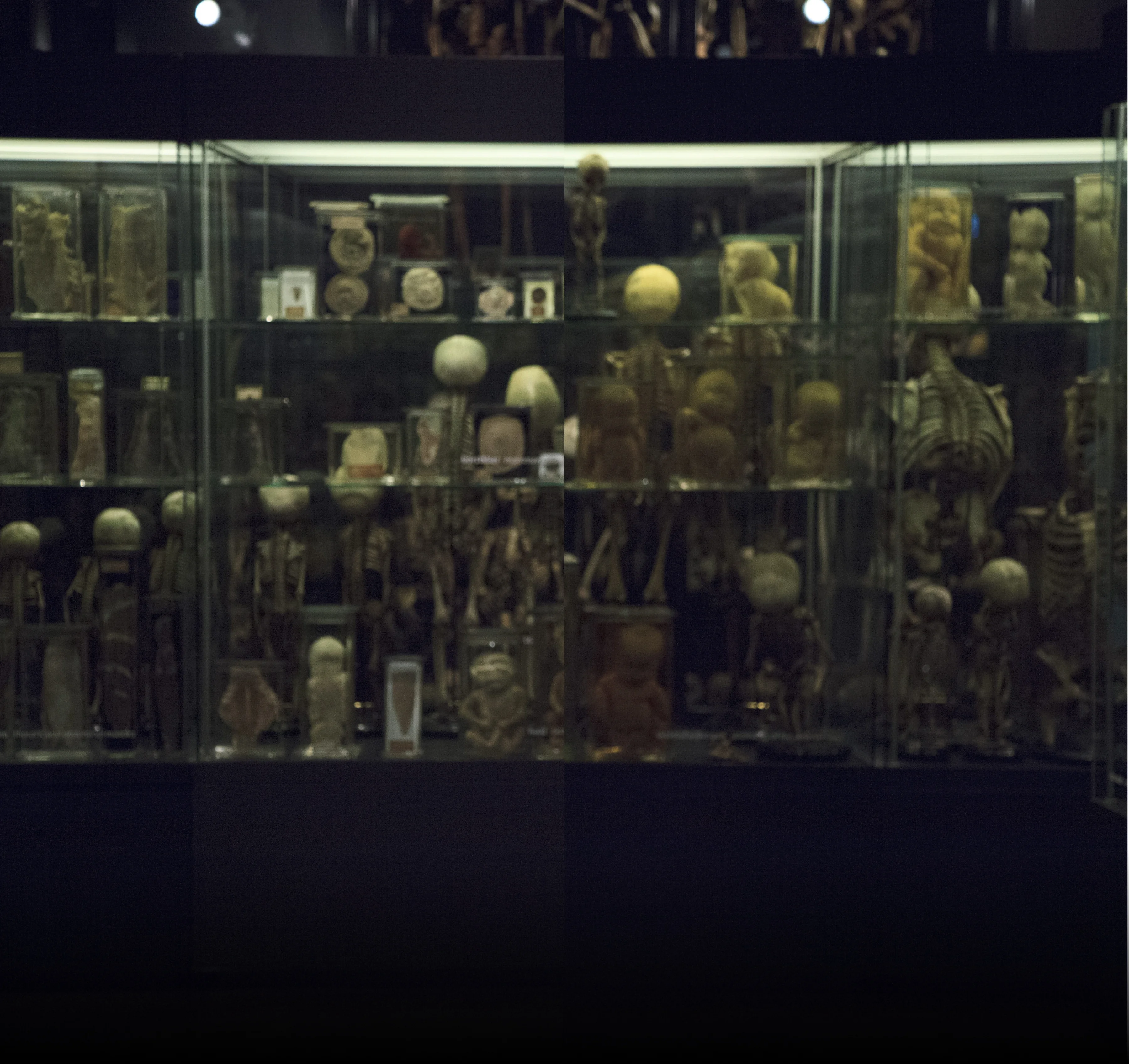
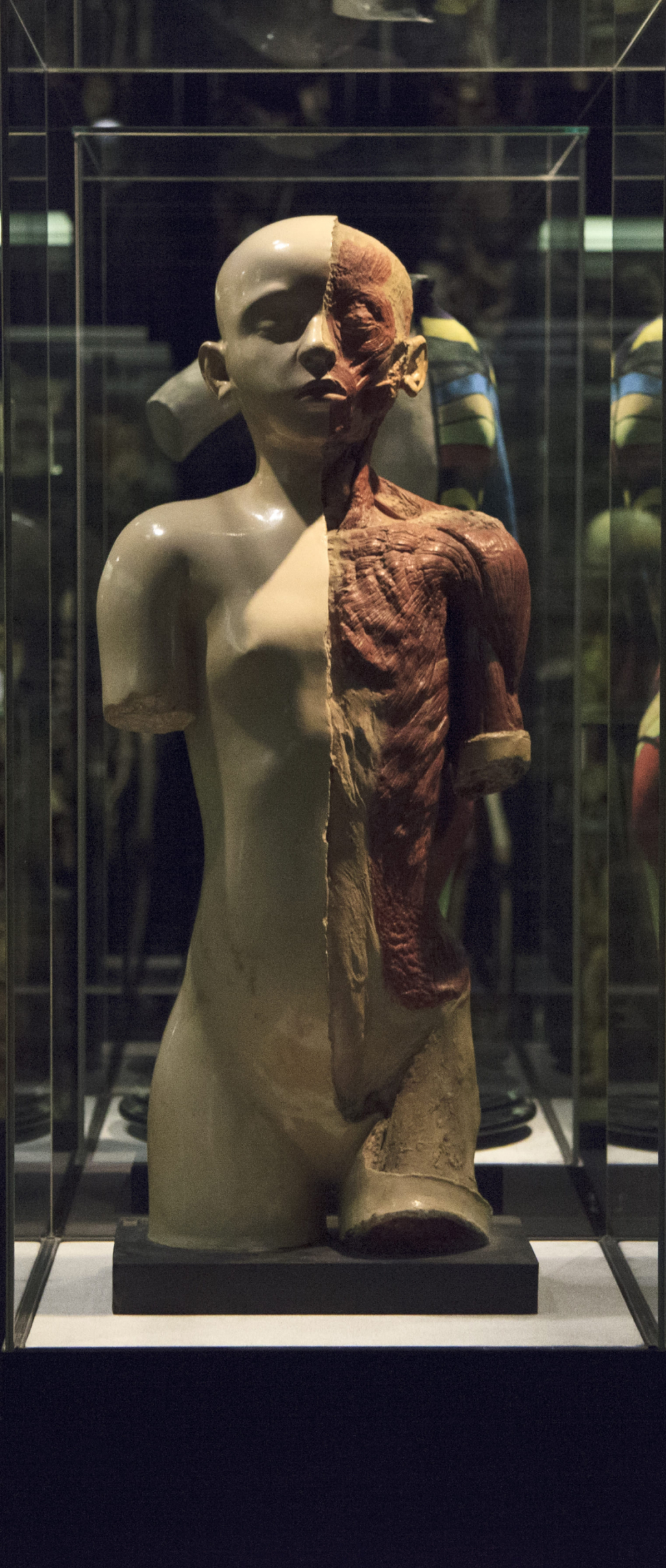

Museum of the human body
"Truly an amazing and eye-opening experience, which made us see and think about the true human nature"
 Tripadvisor
Tripadvisor
 Reviews
Reviews
 I Amsterdam
I Amsterdam
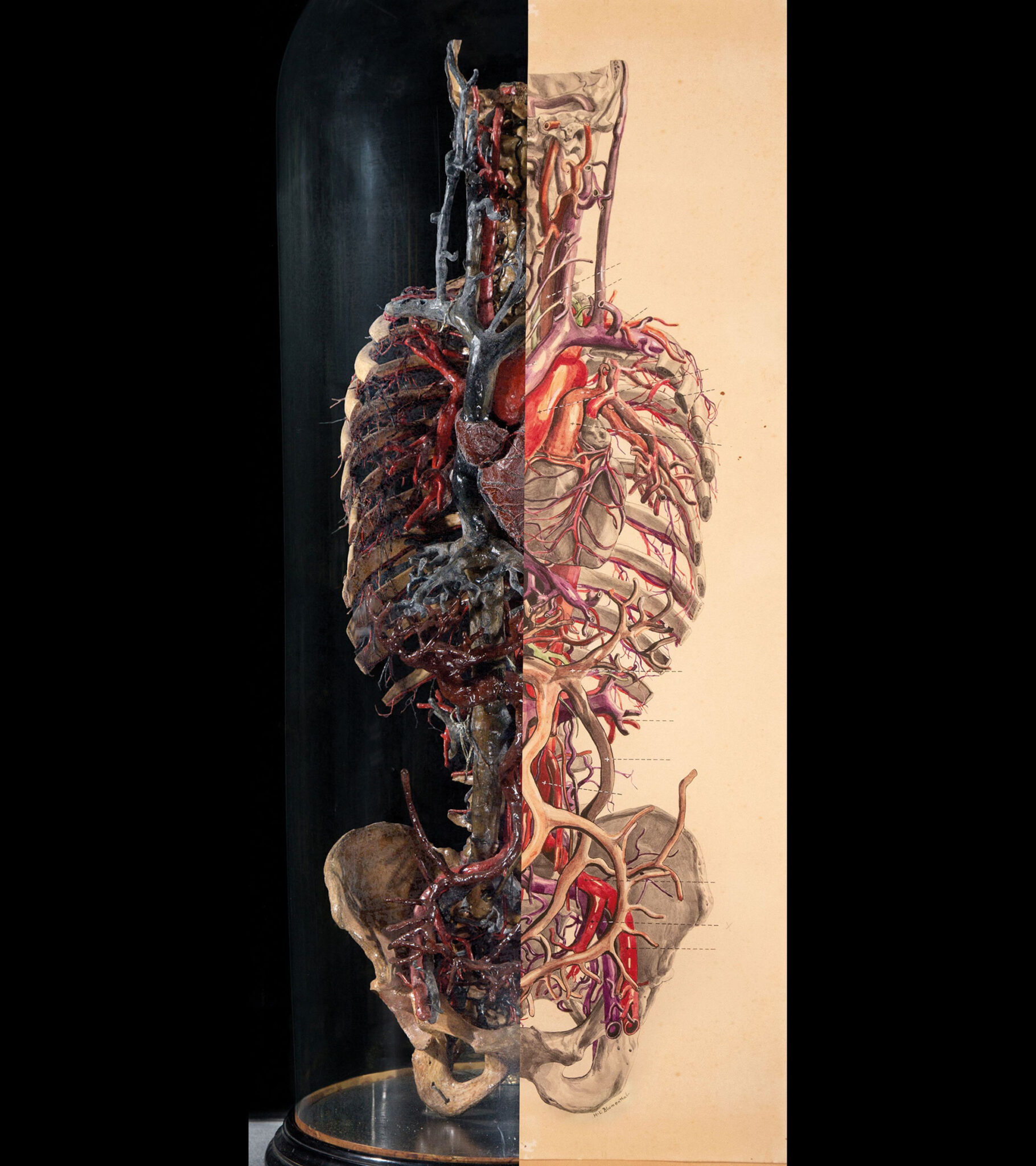
Portraying the human body
Ever since the Renaissance, anatomy and art have been inextricably linked: a number of anatomists were excellent draughtsmen, and for many artists knowledge of human anatomy was (and is) of vital importance for their work. The collection has existed for 250 years, and in that time, it has been depicted in ink drawings, lithographs and engravings. Most of these illustrations did not primarily serve an artistic purpose, but rather the dissemination of scientific knowledge or the teaching of anatomy.
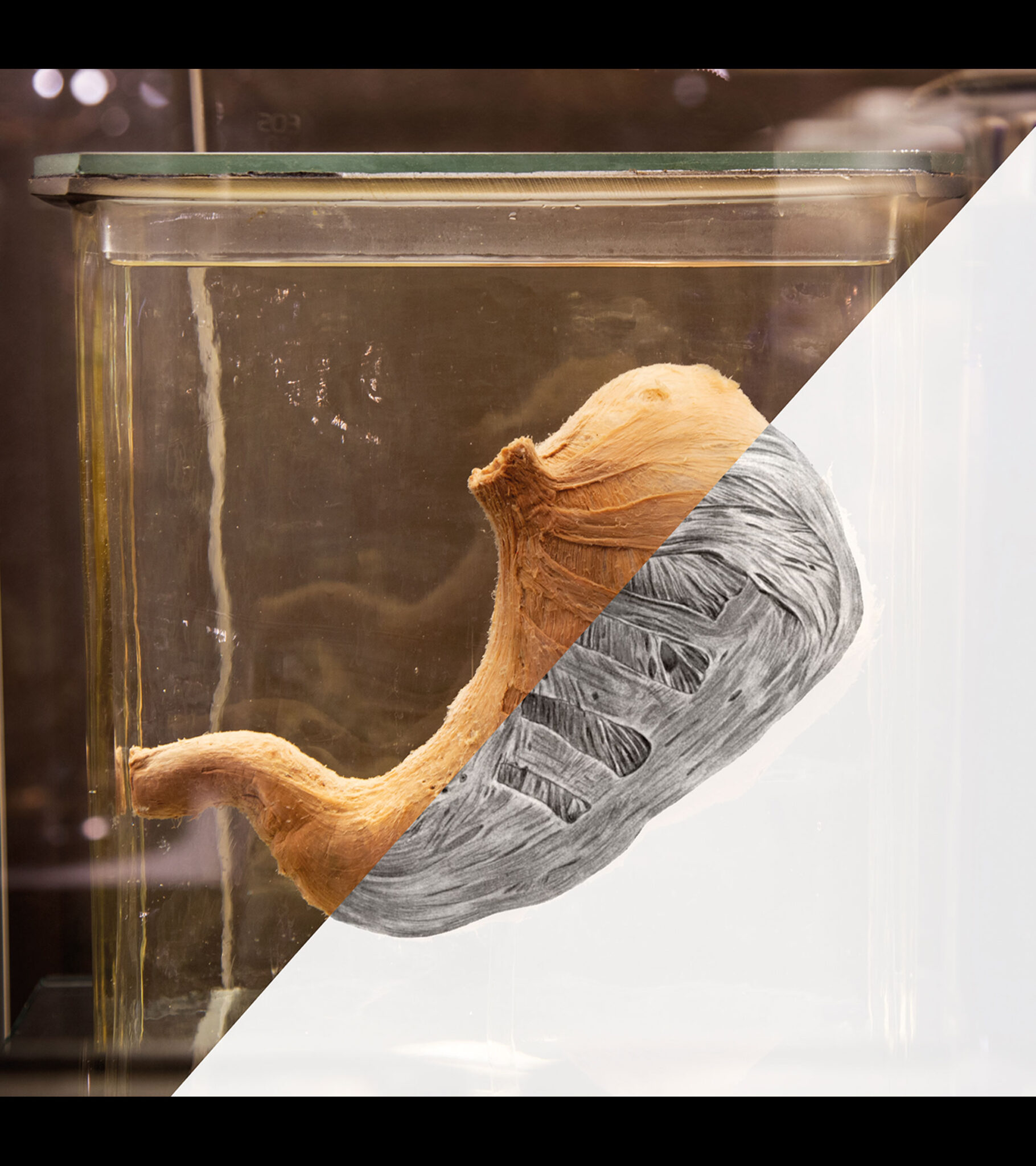
Discover the human body
The gastric wall consists of a number of muscle layers that mix food with gastric acid. After that, the food moves to the exit. Most of the 1200 wet specimens of human origin in Museum Vrolik show the normal structure of the body. Understanding anatomy is vital for physicians and Museum Vrolik has always played an important role in medical education. However, not only medical professionals can learn from our collection. Everyone should have access to these anatomical preparations to learn what the human body (their own body as well) looks like on the inside.
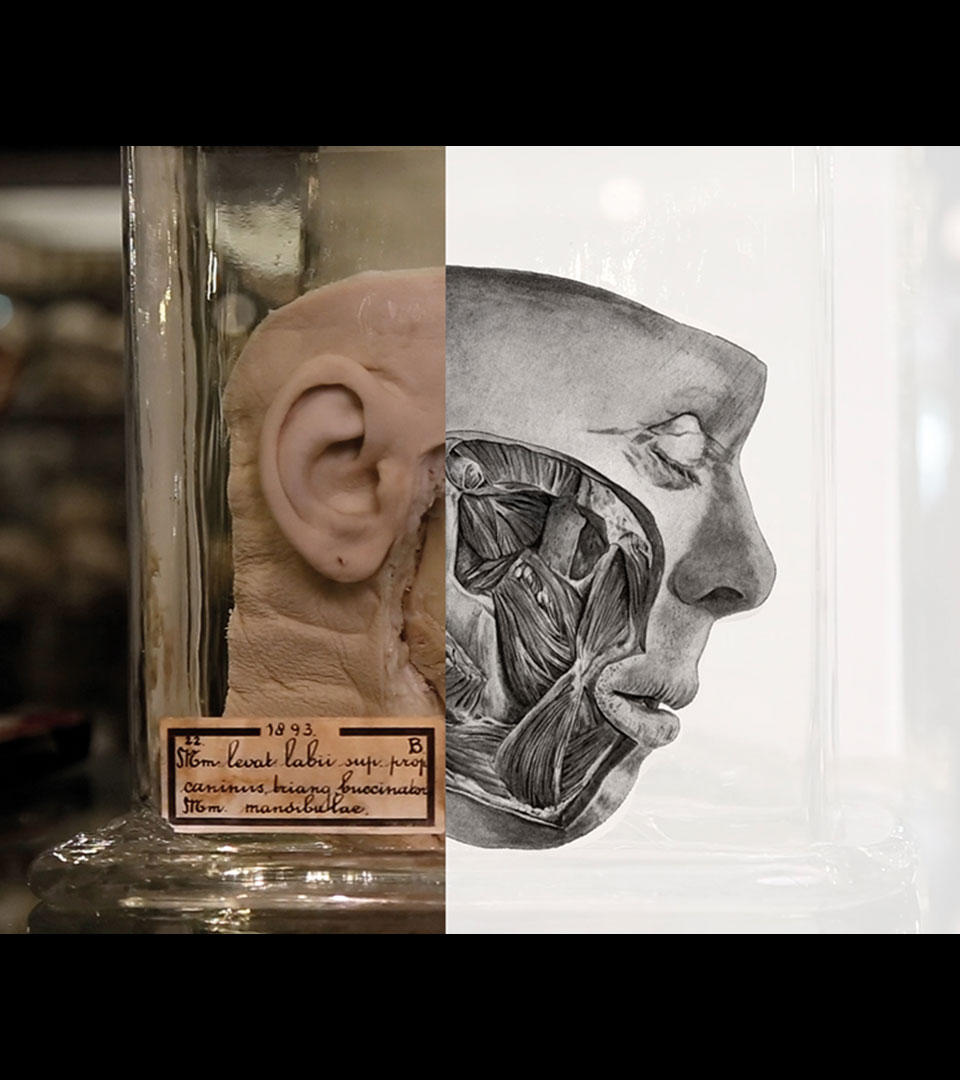
A collection for education and research
In the 1930s, German medical illustrator Henriette Blumenthal, who fled the Nazis, was commissioned by the anatomist Martin Woerdeman from Amsterdam to make drawings for his latest project: an anatomical atlas. Museum Vrolik’s anatomical preparations served as the ‘models’ for these illustrations. The regional anatomical preparations that were used showed the ‘landscape of the body’: the location of various muscles, nerves, veins or other parts in relation to each other. This type of knowledge is still crucial for physicians today, and for surgeons in particular.
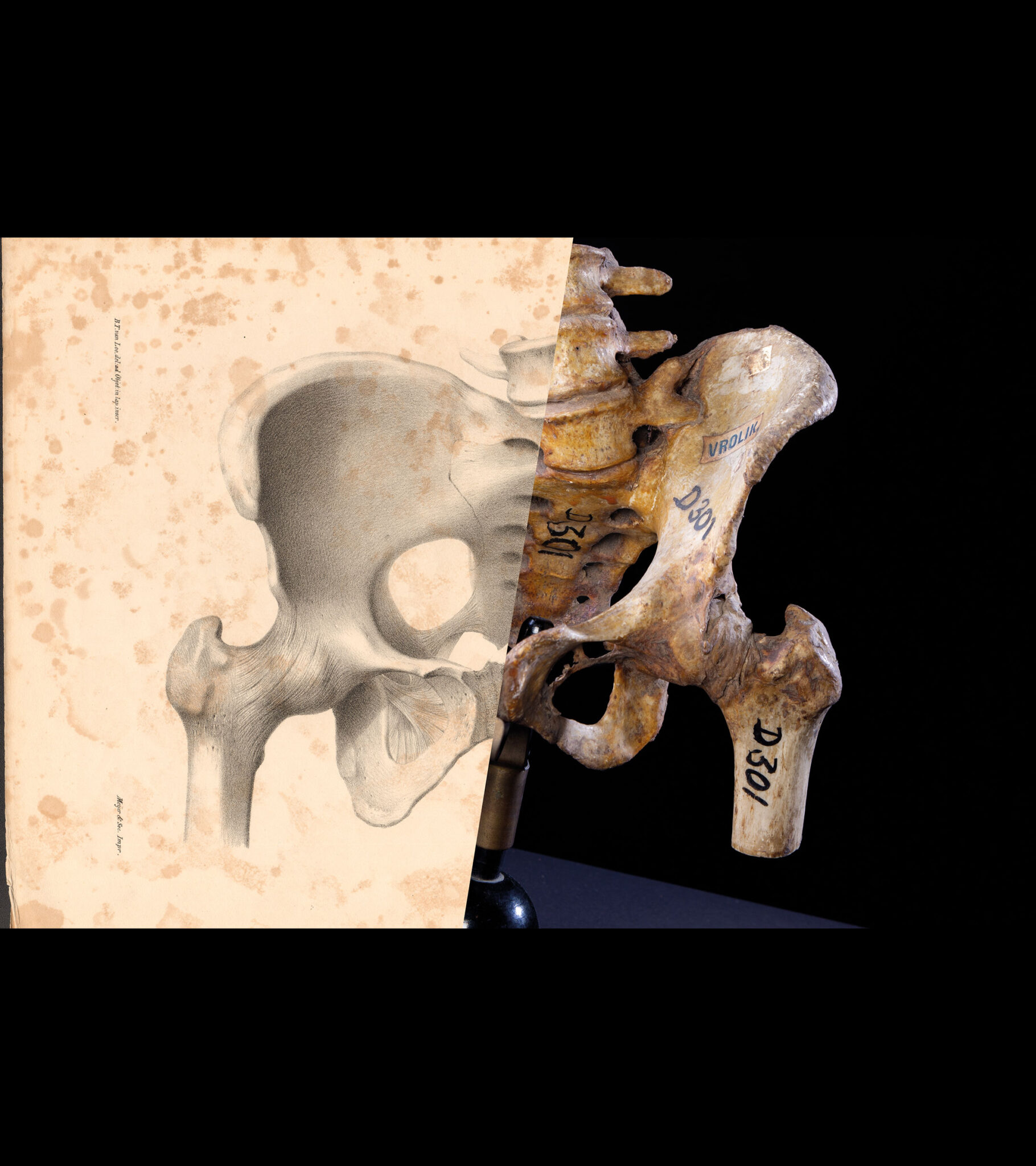
Eradicated diseases?
Thanks to our increased prosperity and developments in healthcare, diseases such as rickets, syphilis and tuberculosis are no longer a cause for concern in this country. These diseases are now quite rare and can be effectively treated, so it is easy to forget just how debilitating they were, and how much suffering they caused. This is just one reason why Museum Vrolik’s collection is so important, and will inspire awe in visitors.
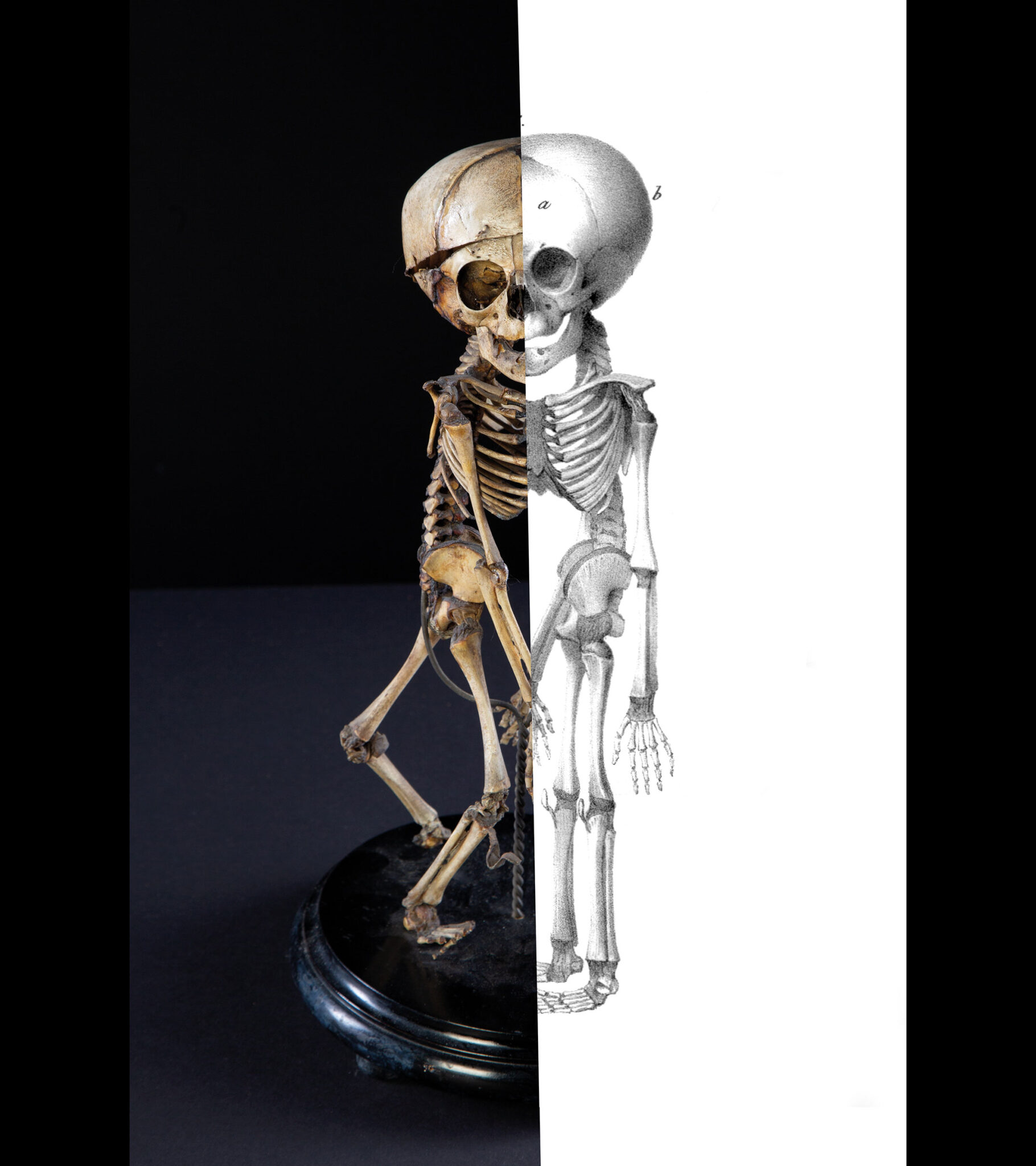
Congenital defects
Willem Vrolik published extensively on congenital defects and their causes, and was internationally considered to be an expert in this field. One subject he published extensively on was ‘double misbirths’, or conjoined twins, which are colloquially known as Siamese twins. Just how the acquisition of foetuses happened in Vrolik’s day is part of the historical research conducted by Museum Vrolik. No matter their origin, it is clear that these examples of congenital defects are still of great scientific value, as many of those incompatible with life have now thankfully become rare, because they can now be detected early in a pregnancy using modern technology.
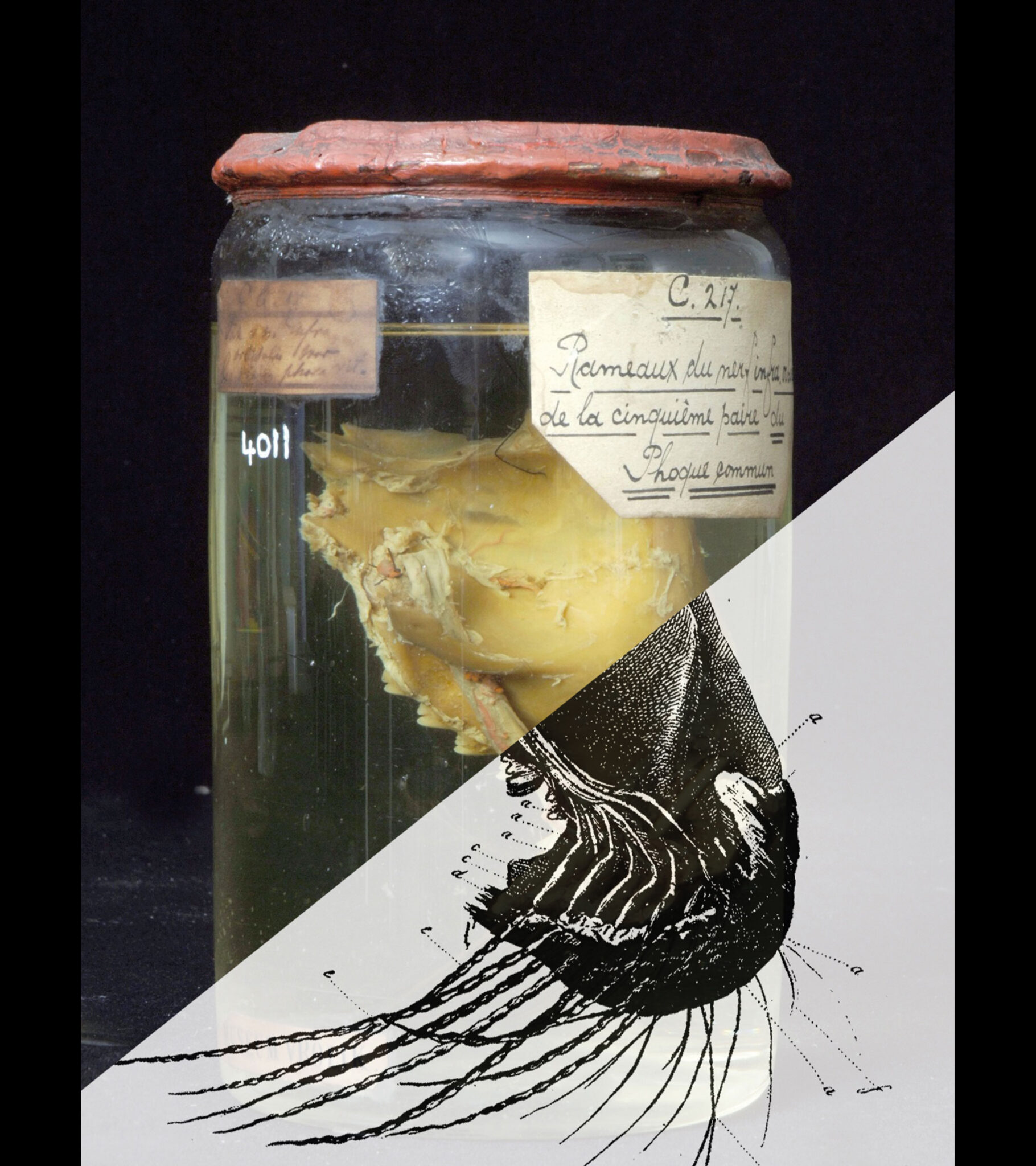
Humans and animals sharing a roof?
In 1822, at the age of 21, Willem Vrolik dissected a seal. Willem’s father Gerard had obtained the seal from Zeeland not long before. Willem would remain interested in animal anatomy for the rest of his life. He compared and contrasted animal anatomy and development with that of humans, focusing on congenital defects. What makes Museum Vrolik unique is that the collections of anatomical preparations of both human and animal origin are still being kept together, and that the latter has not been moved to a museum of natural history. Therefore, the historical context remains intact.
How a private collection became a museum
Museum Vrolik or Museum Vrolikianum was the name chosen by Gerard Vrolik (1775-1859) and his son Willem (1801-1863) for their private collection of anatomical preparations. Both Gerard and Willem were professors of anatomy in Amsterdam. Their Museum Vrolikianum was kept in their canal-side home.
Since 1984, Museum Vrolik has been located in the AMC (now part of the Amsterdam UMC).
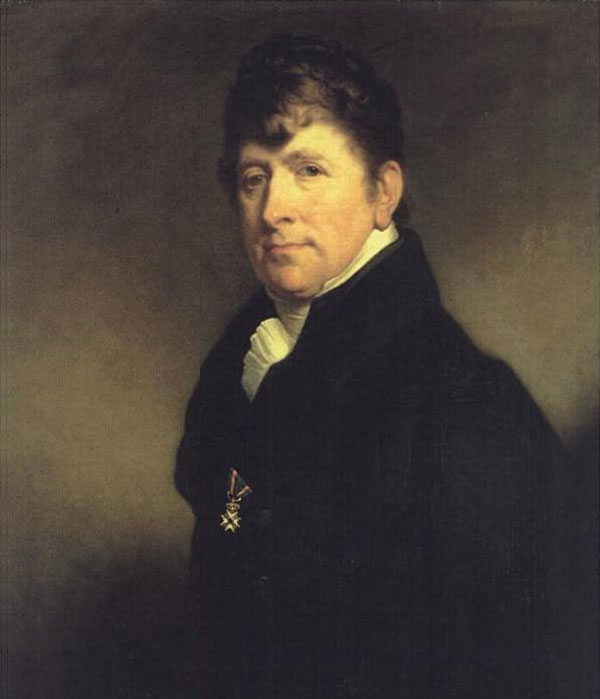 Gerard Vrolik
Gerard Vrolik
Tours for everyone
There is a lot to see in Museum Vrolik, from anatomical preparations and rare congenital defects to animal skeletons and wax models. Our tour guides can tell you the story behind the objects on display, and they have a thorough knowledge of anatomy.
Guided tours can be booked for educational groups and groups with a professional interest in our collection, and for individual visitors as well.
We will discuss your specific interests and requirements with you, and will adapt the tour to the desired themes and the age and background of the visitors. Read more about the possibilities here.
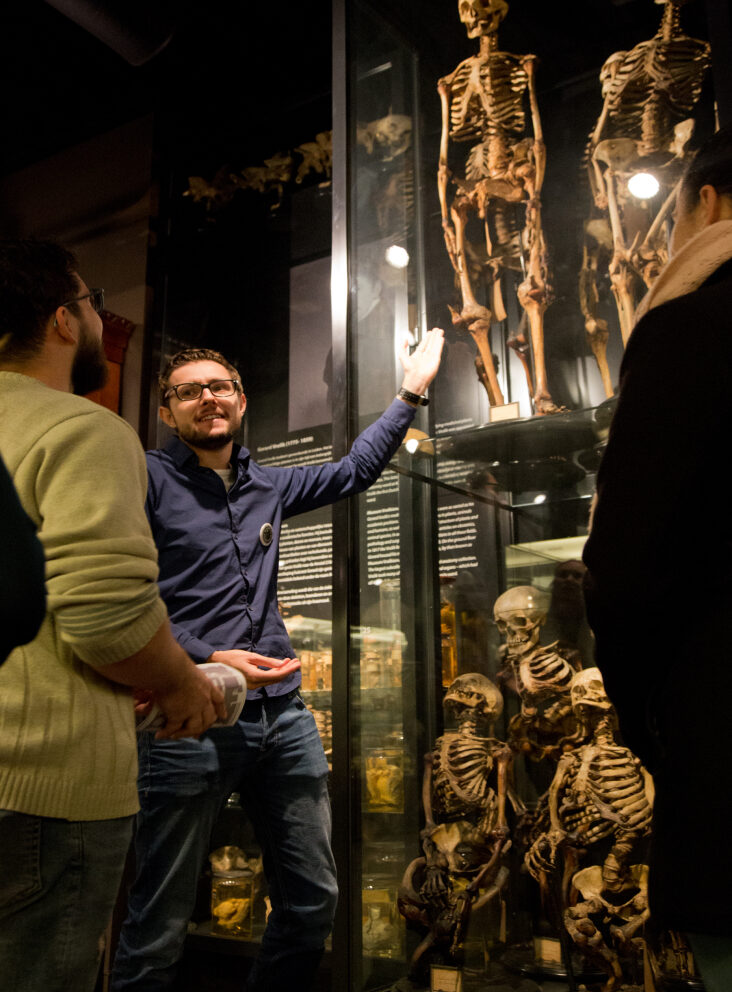
Human remains
We strongly advise you to review our statement on human remains before deciding to visit Museum Vrolik.


